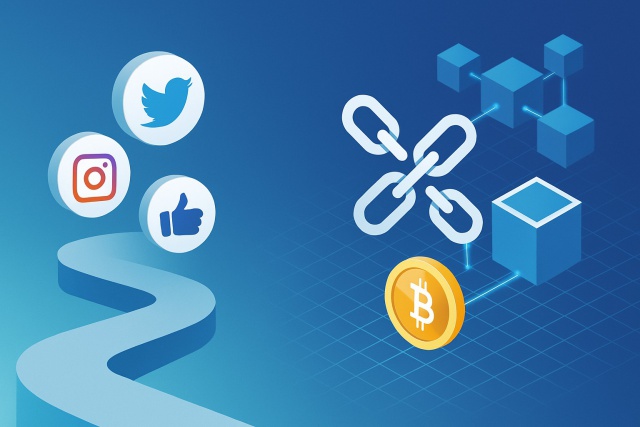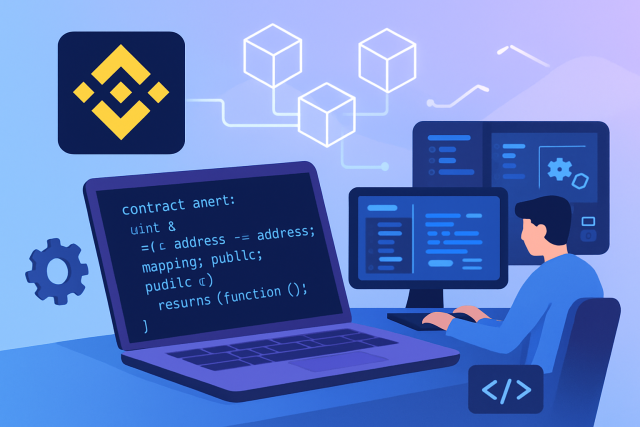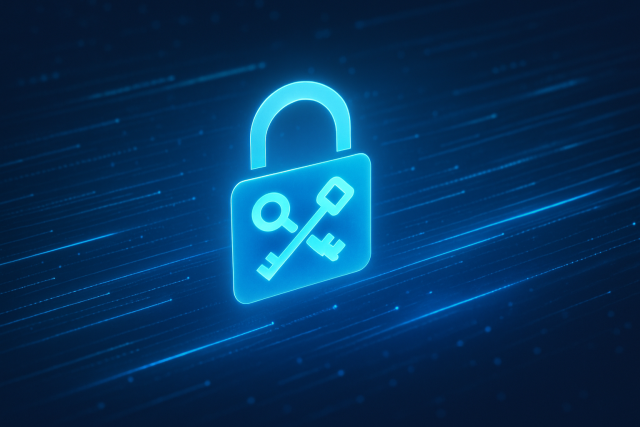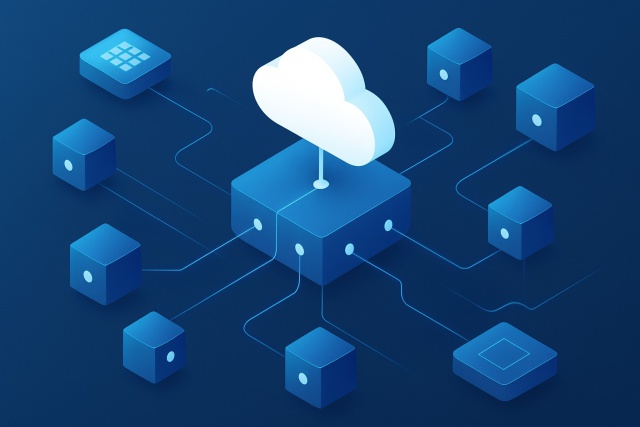Depin Explained for Crypto and Tech Newcomers

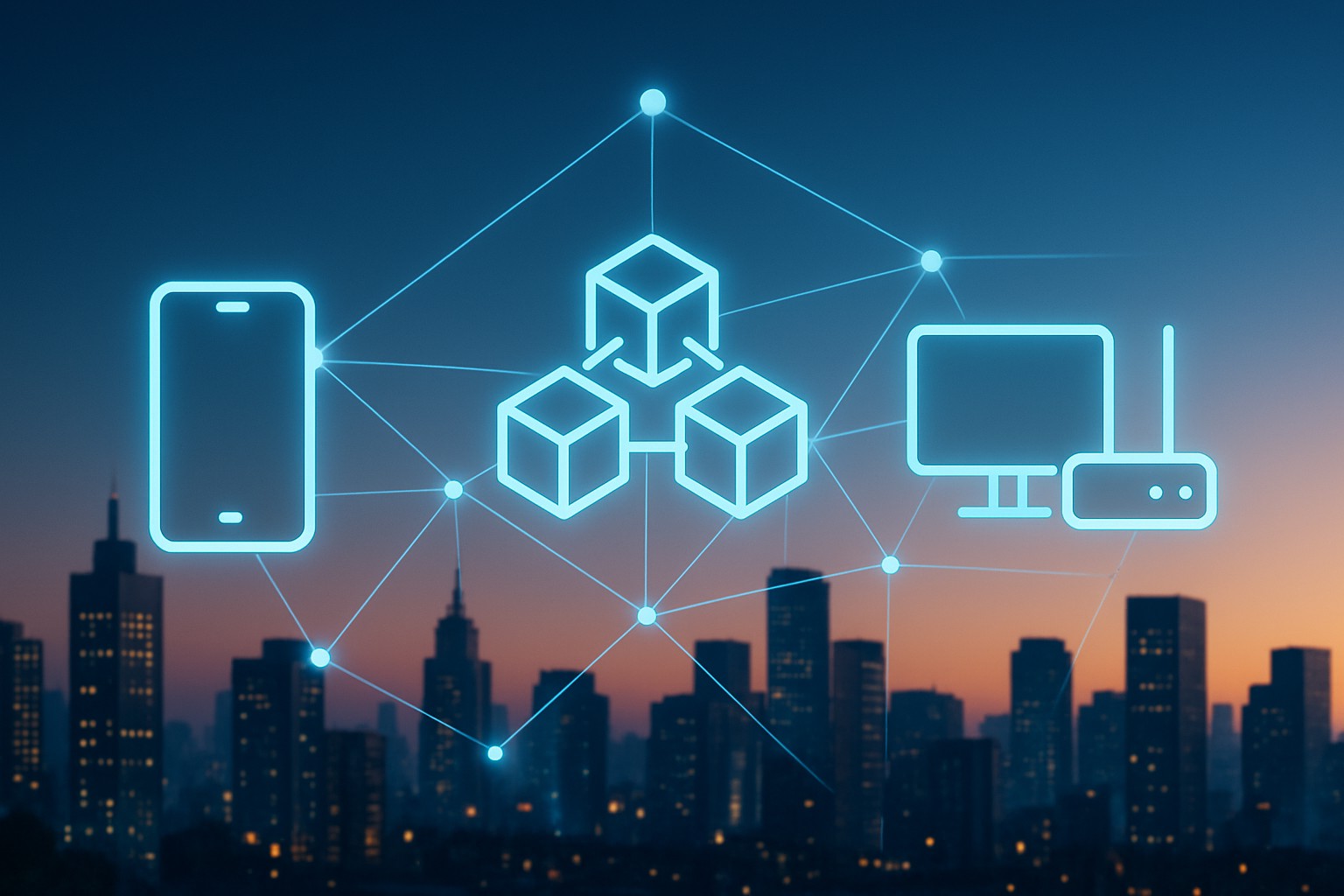
Depin is a fairly fresh concept in the world of cryptocurrency and tech and I won’t lie it can easily leave newcomers scratching their heads. This article is here to roll up its sleeves and unpack what depin actually means, why it’s worth your attention and how it ties into our ever-changing decentralized digital landscape—all explained in plain English with a few simple examples.
What Does Depin Mean? A Straightforward and Easy-to-Understand Explanation
Depin stands for "Decentralized Physical Infrastructure Networks." It refers to networks that spread ownership and management of physical assets or infrastructure through blockchain technology. Picture a WiFi network or energy grid not run by a single company but by many people around the globe collaborating openly and transparently on the blockchain.
- Depin hands over the reins of physical infrastructure to a blockchain-backed system that lets everyone coordinate their efforts without stepping on each other's toes.
- Rather than relying on centralized networks that can feel like a single point of failure, depin lets individuals own and help run the whole shebang.
- It blends ownership of physical hardware with digital tokens that fuel incentives and keep governance fair and transparent.
- You will often find this method in smart cities, telecommunications, energy grids, and IoT networks where it helps keep things humming smoothly.
Why Depin Truly Matters in the World of Crypto and Tech
Depin is shaking up how physical infrastructure gets designed, owned and maintained by mixing blockchain's signature transparency and incentives with real-world assets. It pushes decentralization beyond just the digital realm.
Depin acts like an invisible power grid we all lean on, but here’s the twist: it’s run by millions rather than just a select few — a quietly revolutionary technology that’s reshaping the way infrastructure gets done, often without anyone really noticing.
How Depin Works Explained in Plain English
Depin is about turning physical assets into tokens and managing their use and upkeep through blockchain protocols. This clever approach allows many people to invest in, operate and split the benefits of physical infrastructure together—all without having to trust any central authority.
Physical infrastructure like network nodes or sensors gets recognized and tokenized on a blockchain platform—kind of like giving each piece its own digital ID card.
Ownership tokens or stakes are handed out to participants to enable decentralized investment and a chance to be part of something bigger.
Network participants take the wheel by operating or maintaining the physical devices and can earn rewards for staying involved.
Blockchain smart contracts automatically take care of governance, payments, and reporting with no middleman needed.
Data and performance metrics are recorded with crystal-clear transparency to build trust and keep everyone accountable.
Key Components and Technologies That Really Drive Depin
- Physical devices like IoT sensors, telecom nodes or energy meters form the backbone of the actual infrastructure. Think of them as the unsung heroes doing the heavy lifting behind the scenes.
- Blockchain protocols bring decentralized control and add layers of transparency to make tokenization trustworthy.
- Smart contracts automate routine operations and manage payments smoothly while keeping governance rules in check.
- Cryptographic techniques safeguard data integrity and confirm who owns what because trust is key.
- Decentralized storage systems ensure infrastructure data stays accessible for everyone involved. No gatekeepers here, just open access as it should be.
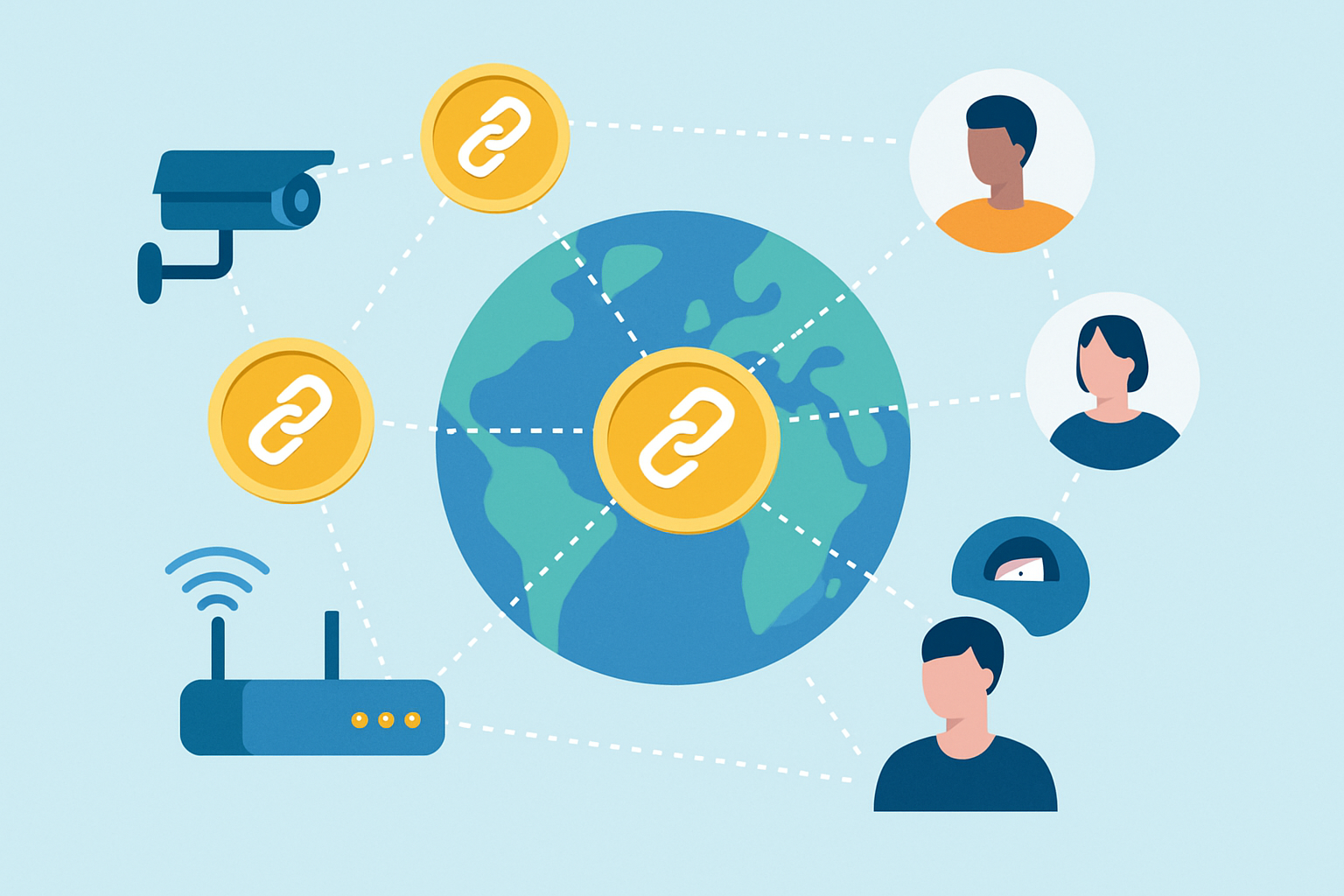
Practical Examples of Depin in Action That Actually Work
Depin technology is steadily gaining ground across a bunch of different sectors, proving its worth by handing the reins back to communities so they can own and operate infrastructure that used to be tightly held by big companies or governments.
- Networks of decentralized sensors that quietly gather environmental or city data and are kept in check by token holders who have a stake in the game.
- Crypto projects building decentralized telecom infrastructure to make internet access more wallet-friendly and widely available.
- Platforms leveraging smart contracts to run shared renewable energy grids and make green power more of a team effort.
- Blockchain-based digital identity systems tied to physical access control devices that give security a fresh tech-savvy boost.
Advantages and Considerations When Using Depin You Should Keep in Mind
| Benefits | Challenges & Limitations |
|---|---|
| Empowers communities to take the reins with control and decision-making | Getting those physical networks up and running can be quite a technical headache |
| Boosts transparency and keeps everyone honest with accountability | The upfront cost of infrastructure hardware can be a real wallet-buster |
| Scales up nicely by spreading involvement far and wide in a decentralized way | Legal and regulatory stuff around asset tokenization still feels like a bit of a wild west |
| Incentivizes honest upkeep thanks to crypto rewards and nudges | Adoption tends to drag its feet, thanks to the general public’s limited understanding |
| Bridges the gap between physical assets and fresh digital innovation | Security risks crop up if either hardware or software end up compromised |
Depin improves decentralization by spreading ownership and operational duties of physical infrastructure across a wide network. This not only beefs up security and scalability but also comes with its fair share of headaches like technical complexity and regulatory hurdles. Users have to juggle risks tied to hardware maintenance and legal hoops.
Getting Started with Depin for Newcomers Friendly Kickoff
If you are just dipping your toes into depin, it’s wise to start small—think of it as baby steps with handy educational resources and community-driven projects. Getting your feet wet with beginner-friendly platforms and jumping into forums can really help you get the hang of things. Experimenting with tokenized assets tied to physical infrastructure also helps.
Kick things off by diving into the basics of blockchain and IoT with some solid tutorials and videos. There are plenty out there that won’t make your head spin.
Jump into online communities buzzing with individuals passionate about depin and decentralized infrastructure projects because that’s where the magic and chatter happen.
Explore beginner-friendly crypto platforms that make asset tokenization feel less like rocket science and more like a manageable first step.
Dip your toes in with small investments in projects that really highlight those depin concepts. You’ll learn more than you might expect.
Stay sharp by keeping an eye on regulatory shifts while always sticking to the rock-solid security best practices I’ve found invaluable along the way.
Frequently Asked Questions and Some Common Misunderstandings About Depin You Might Run Into
Frequently Asked Questions
Is depin only relevant for large-scale infrastructure, or can individuals participate too?
Depin works well with both big setups and smaller contributions. Individuals can own tokenized shares of tangible assets, like a piece of a single solar panel in a shared energy grid or run modest hardware like WiFi hotspots. Thanks to blockchain tech, micro-investing and earning rewards has become something everyday users can understand.
How does depin ensure the physical infrastructure is maintained properly without a central authority?
Smart contracts handle maintenance incentives automatically. Participants earn tokens for fixing devices while everything is tracked transparently on-chain. Those who slack off risk losing their stakes or rewards, and the community can vote out operators who don’t pull their weight. It’s a system that enforces the rules openly.
What’s the biggest risk when investing in a depin project?
Hardware hiccups and shifting regulations are the main worries. Depin relies on physical gadgets that can break down or face legal red tape, which is different from purely digital crypto ventures. To navigate this, dig into the team’s technical skills, check hardware warranties, and spread your bets across fields like telecom and energy to reduce risk.
Can depin work alongside traditional infrastructure, or does it replace it entirely?
Depin often partners with existing infrastructure instead of replacing it. For example, a decentralized sensor network might feed data into a city’s centralized traffic system. Hybrid setups like this are common, letting depin prove its worth gradually, especially when sharing costs or boosting resilience.
Do I need technical skills to contribute to a depin network?
Not necessarily. Many projects offer plug-and-play gadgets like pre-configured routers or let you invest passively through tokens. Still, it helps to know wallet security basics and smart contracts to avoid rookie mistakes. Most communities also provide guides for people who aren’t coding wizards.
How do depin projects handle legal ownership of physical assets across different countries?
Usually, projects set up legal entities like DAO-owned LLCs to hold physical assets while token holders make decisions. Local partners handle compliance issues. It’s smart to review a project’s legal framework—solid projects clearly share how they manage ownership and liability across jurisdictions.


